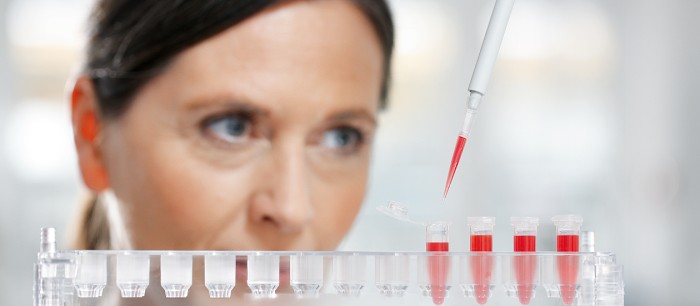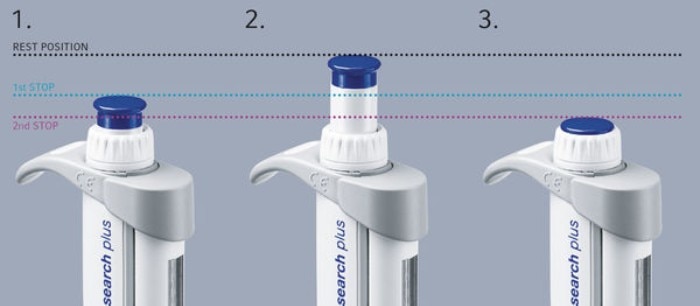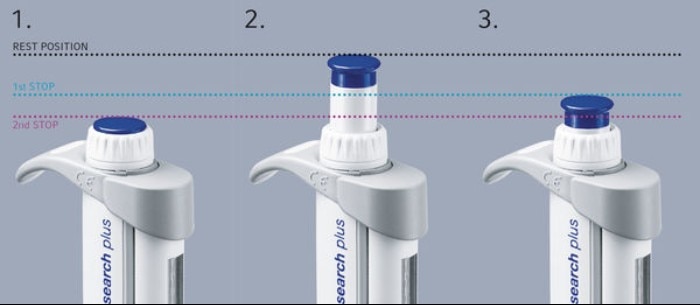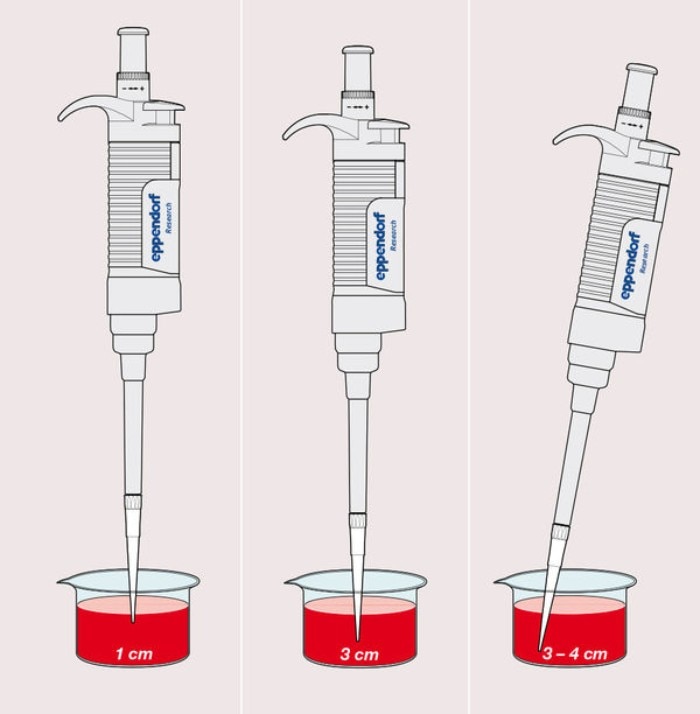Está a punto de abandonar este sitio.
Por favor, tenga en cuenta que su carro de la compra actual no ha sido guardado todavía y no podrá ser restablecido en el nuevo sitio ni cuando regrese. Si desea guardar su carro de la compra, inicie sesión en su cuenta.

Impact of Pipetting Techniques on Precision and Accuracy
Academia de laboratorio
- Biotecnología
- Pipeteo y dispensación
- Precisión
- Dispensadores
- Pipetas
- Formación
- BioNews article
Choosing the correct pipetting technique helps securing the accuracy and precision necessary for reproducible, reliable results. Especially when pipetting small volumes the influence of the pipetting technique can have tremendous effects on the experimental result. Two main techniques exist and each should be applied depending on the sample liquid.
Leer más
Leer menos

Leer más
Leer menos

Leer más
Leer menos

Leer más
Leer menos
Leer más
Leer menos
Videos not loading, because cookies have been rejected. Change your

